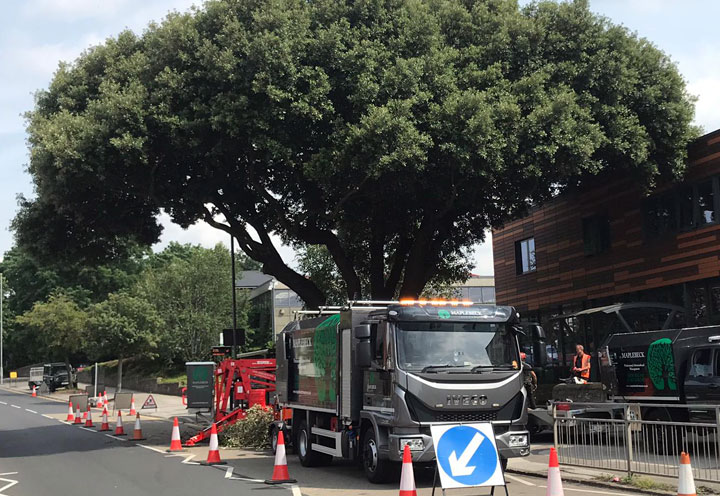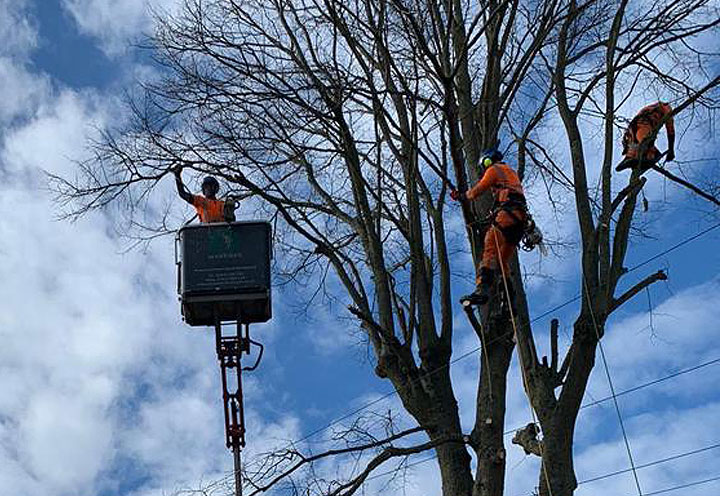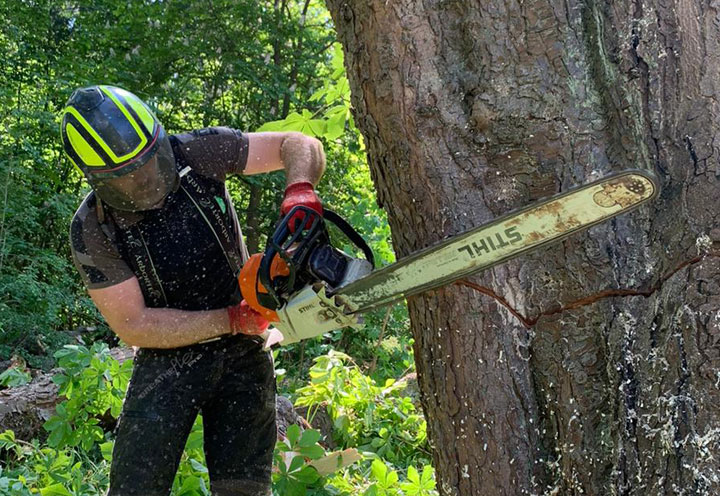Formative Pruning & Monolith
Formative Pruning Service
Formative pruning is carried out to enhance the branch structure. It enables the tree to be free from mechanical weaknesses and in an idyllic world free from any potentially hazardous features. This is achieved in practice by removing crossing branches, co-dominant/sub-dominant stems, dead, diseased and any other current or foreseeable defects.
This particular technique should be adopted when the tree is in a nursery to encourage the desired formation. Formative pruning ensures that the wounds inflicted upon the tree are kept to a minimum. It is advised that newly planted trees are not pruned for 3-5 years, as it could have detrimental effects on both the tree hormones and development.
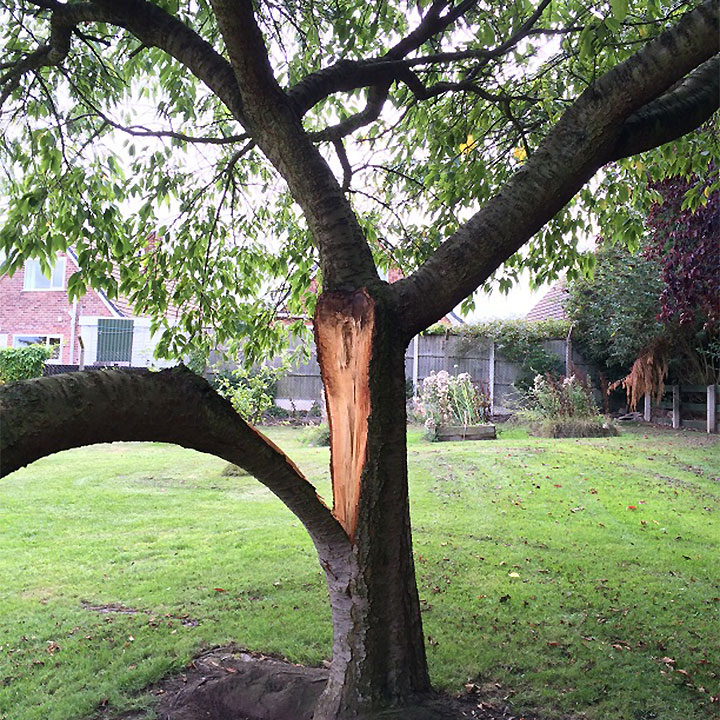
Formative Pruning Benefits
Trees are pruned for a wide variety of purposes many of which are not directly concerned with the risk of mechanical failure. There may be a desire to restrict the size of trees which are within close proximity to surrounding objects, along with other growth encouragement such as artificial shapes, flowering and fruiting.
Formative pruning should be part of a long term management plan, this will reduce the need to remove any large branches along with lower maintenance in the future.
Monolith Tree Service
A Monolith, where a decaying tree has been safely stabilised, perhaps with short stubby limbs, this practice is used to completely mitigate any risk of failure, whilst creating a valuable habitat resource; it is usually not expected that the tree will remain alive, although some species may regenerate.
When trees pose an unacceptable risk to public and property, action is required to mitigate the future potential hazard that a tree presents. In public spaces consideration will have been given to divert the public away from the hazard.
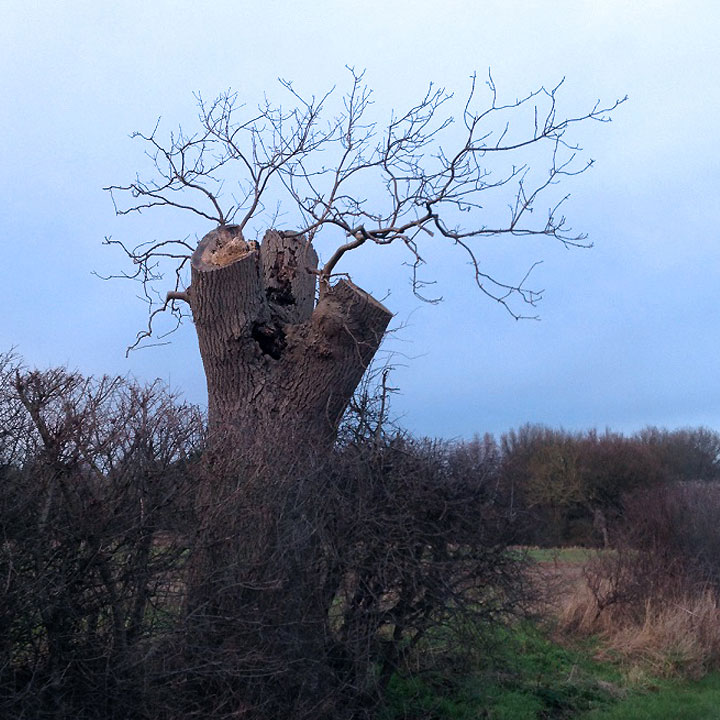
Monolith Benefits
A monolithic tree is achieved by removing the entire crown (all the main branches), whilst ensuring the standing stem remains a balanced structure. A periodic inspection may be required even if the tree dies, since the decaying stem may itself become hazardous over time.
Monolithic trees are widely accepted as being best industry practice as an alternative to felling, which in its self should be regarded as a last resort. The habitat created is of great conservational value, supporting a wide range of species that are dependent upon a sufficient supply of decaying wood and cavities.

